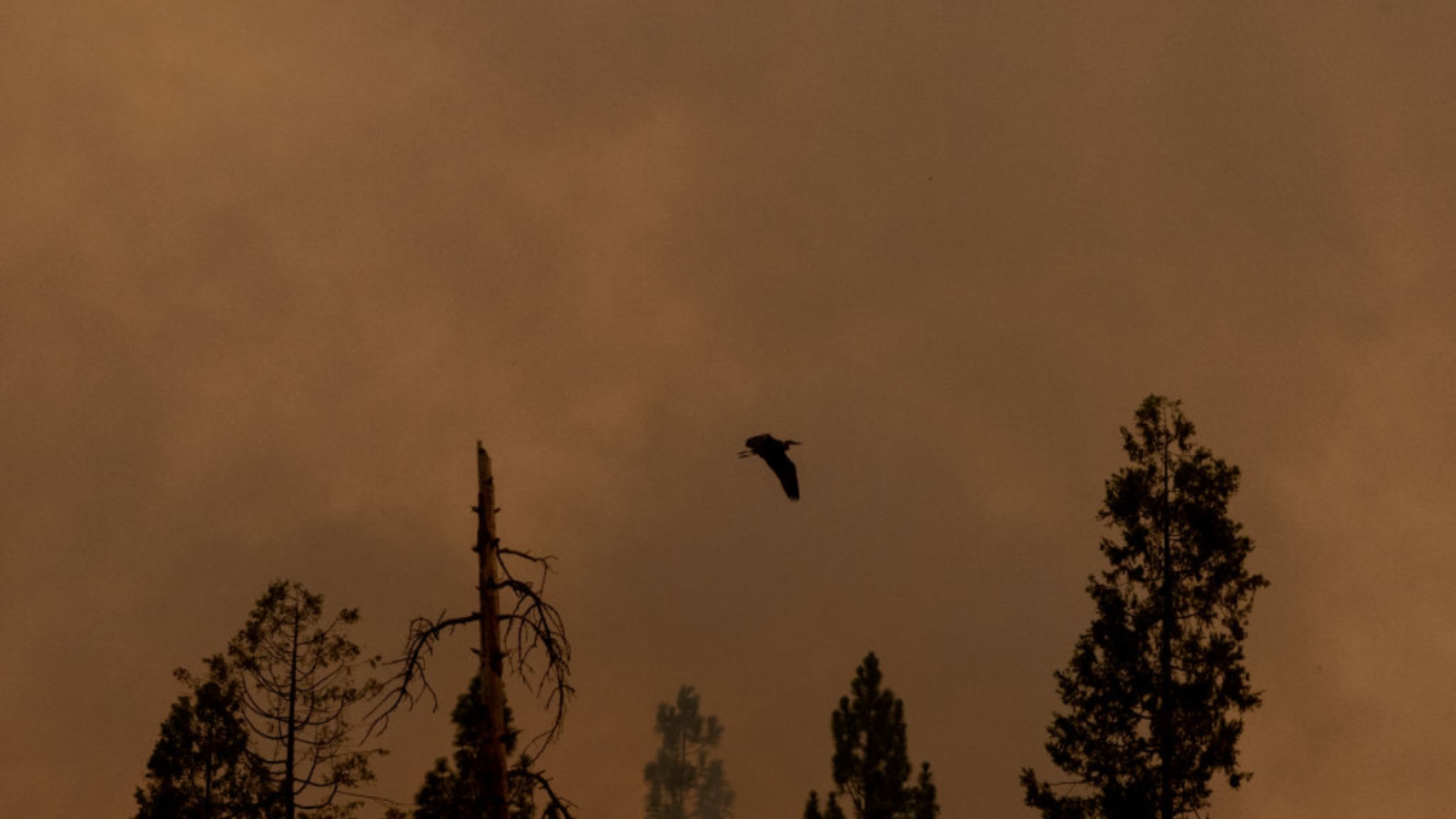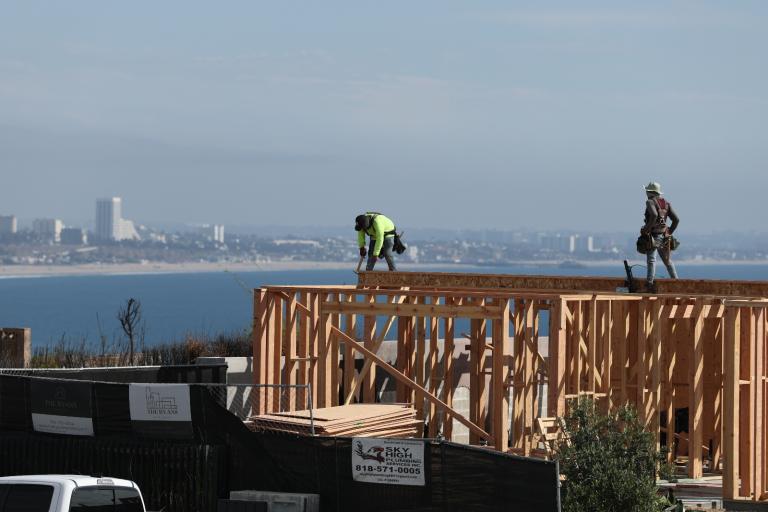Wildfire smoke, which contains harmful particulate matter and toxic gases, is widely understood to be an acute threat to human health. As wildfires become more frequent and intense with worsening climate change, this knowledge has only become more widespread. This is particularly true for North Americans who have recently lived through some of the most devastating wildfire seasons in living memory — as in 2020, for example, when so much smoke blanketed the California Bay Area that it blocked out the sun and transformed the midday sky into a dull shade of orange.
But wildfire smoke harms so much more than just human lungs. For example, poor air quality can also cause trees to close the pores from which they release oxygen. Bird watchers have reported that landscapes teeming with birds are often eerily quiet during smoky days, underscoring that what’s harmful to humans is bad for the rest of the animal kingdom as well. And while empirical proof of just how bad recent wildfire seasons have been for birds and other animals is still developing, an emerging field of research is beginning to discover evidence of the harms that extreme wildfire smoke delivers to animal and bird health, too.
A new study has found that, during that same 2020 wildfire season that scorched millions of acres and blotted out the sun in San Francisco, hundreds of acoustic sensors in Washington state registered a substantial decrease in bird activity in the weeks immediately following the severely smoky days of early September. The study, which was published in the October issue of the peer-reviewed journal Global Ecology & Conservation, is the first in North America to attempt to empirically confirm anecdotes that birders and others have long observed. The researchers found that one environmental sound index used to monitor biodiversity fell by more than 15 percent during the particularly smoky conditions.
“Because birds are so sensitive to air pollution, we expect that birds are especially vulnerable to smoke,” said Olivia Sanderfoot, a lead author of the study and a postdoctoral fellow at the University of California, Los Angeles. “During the window in which our sites were impacted by smoke, we did see the biodiversity index and the acoustic complexity index decline, and it stayed reduced after the event.”
In order to capture the soundscapes of rural Washington, researchers deployed more than 700 acoustic monitors about the size of a television remote in roughly 240 locations. These sensors continuously recorded audio for about a month before the battery ran out, at which point researchers swapped them out. Much of the fieldwork to install and collect the monitors was conducted by Sarah Bassing, a co-author on the study. Bassing sometimes spent up to 10 hours in the field driving on Forest Service roads as far as possible before hiking the remaining distance. Some of the monitor placements required overnight backpacking trips, while others took all day just to deploy a single monitor.
“There were a few sites where I almost had to crawl on my hands and knees to get to the site because the terrain was so steep,” said Bassing in an email. “The soil and rocks kept slipping away under my feet.”
The use of bioacoustic indices like those deployed in last month’s study is hotly debated in the ecological research community. Some studies have shown that these indices may not be good proxies for animal and bird activity, and their effectiveness can vary based on geographic location and time of year. Sanderfoot acknowledged these challenges, but she emphasized that existing research demonstrates a correlation between bird activity and the indices and measurements her team used. In 2022, researchers compared bird survey data collected in California with acoustic measurements and found that the acoustic complexity index “was a useful, albeit coarse, surrogate” for bird diversity. Since the study encompassed an ecological region that includes the parts of Washington where the wildfire smoke research was conducted, Sanderfoot said it would be reasonable to expect a similar correlation in their study area.
“We’ve done our absolute best to avoid bias and to be honest about the caveats to our work,” she said. “But I still think that the strength of our findings suggest that the soundscapes were different [following the smoke events].”
A study conducted in Southeast Asia also came to a similar conclusion. Researchers collected acoustic data in central Singapore in 2015 and found a dramatic drop in bird and insect activity during hazy days. “Our results indicate that large-scale air pollution crises may have hitherto underestimated and potentially far-reaching impacts on biodiversity, especially in parts of the world prone to extensive forest fires,” the researchers concluded.
That study inspired Sanderfoot’s work. To build on her just-published research, Sanderfoot is also recruiting birding enthusiasts on the West Coast to submit their observations about avian activity during wildfire season.
“We don’t know as much as I thought we would about this topic,” she said. “The knowledge gap is limiting conservation efforts in this space.”




